Revolutionary Strategies for Efficient Traffic Management in Australia
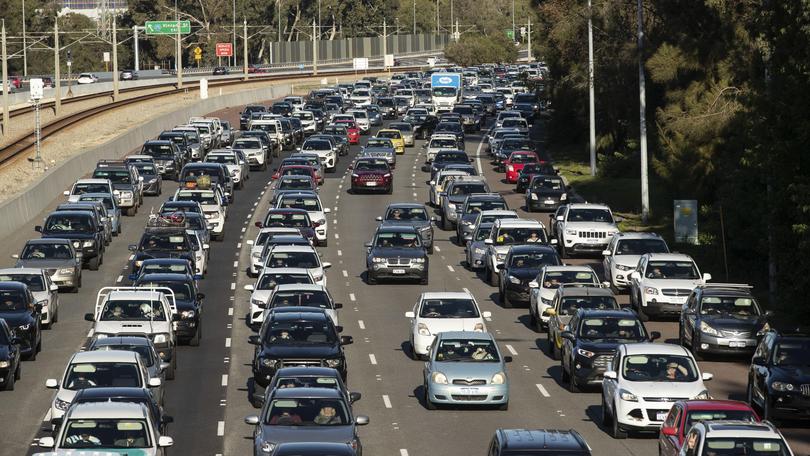
Traffic management is an essential part of any society. From efficient public transportation to safe pedestrian walks, it creates a comfortable and productive environment for everyone. However, as cities grow, so does the number of vehicles on the road. This can lead to congestion and delays, resulting in reduced productivity and increased frustration. In Australia, this is a common problem in urban areas. With that said, this blog post delves into some revolutionary strategies for efficient traffic management that could help alleviate the crowded roads in Australia.
Prioritizing Public Transportation
One of the most effective ways to manage traffic in urban areas is by prioritizing public transportation. The government could develop and promote a high-quality, sustainable public transportation system, providing a reliable and efficient way to get around. This could also encourage more people to use public transportation, reducing the number of individual vehicles on the road.
Partnering with a search engine optimisation partner company in Sydney could also be of great assistance in promoting the public transportation system online. By utilizing the digital space, the government can update commuters about schedules, routes, and any changes to the system. This would also help people plan their journeys effectively, thus reducing traffic congestion and delays.
Pedestrian-Friendly Infrastructure
Another strategy is to adopt pedestrian-friendly infrastructure. This can include wide footpaths, dedicated cycle lanes, and pedestrian-only areas in busy parts of the city. Investment in pedestrian-friendly infrastructure could reduce the number of cars on the road, making the city a more attractive place to walk or cycle. It can also promote a healthier lifestyle.
Traffic Technology
Without technology, managing traffic in busy cities can be a daunting task for authorities. The use of intelligent transport systems, such as smart traffic lights, could help reduce traffic congestion. Smart signals use real-time data to determine the best timing for traffic lights. This means a more efficient flow of traffic, reduced waiting time, and, ultimately, improved road safety.
Education and Awareness Programs
Objective education and awareness programs can help people understand the importance of safe driving, pedestrian safety, and the use of public transportation. Proper education on these topics could encourage more people to use public transportation, pedestrian paths, and make them conscious of the environment in which they are driving. Educating children in schools could also help create a young demographic of environmentally conscious citizens, making the country a better place in the future.
Road Expansion
Finally, road expansion and widening could help alleviate congestion in areas with high traffic volume. Such road expansion could create a smoother flow of traffic. However, such efforts should not compromise the environment, and it is important to ensure that the expansion and widening do not affect pedestrian spaces and other infrastructure.
In summary, there are various strategies for efficient traffic management in Australia. The government’s prioritization of public transportation, pedestrian-friendly infrastructure, traffic technology and education, road expansion and widening, and partnering with search engine optimisation partner companies in Sydney to boost the public transport system are some of the valuable approaches. However, it’s essential to keep in mind that traffic management is a complex task and a continuous process. The government and relevant agencies should work tirelessly to ensure that these strategies are implemented effectively in the city and the country at large. This would create an efficient, safe, and sustainable environment for all Australians.

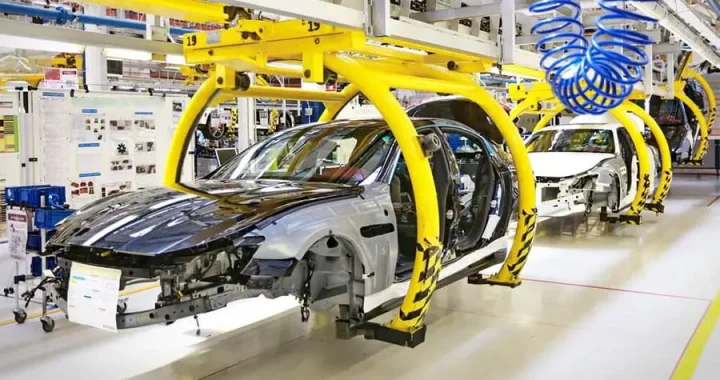 The Evolution of the Automotive Industry: From Horsepower to Electric Power
The Evolution of the Automotive Industry: From Horsepower to Electric Power  Car Insurance Policies
Car Insurance Policies 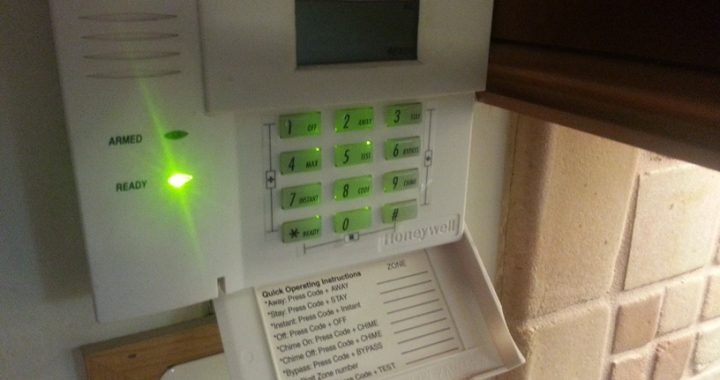 What Happens After Your Security Alarm Goes Off?
What Happens After Your Security Alarm Goes Off?  How Make-Good Services Ensure Smooth Lease Transitions and Compliance
How Make-Good Services Ensure Smooth Lease Transitions and Compliance 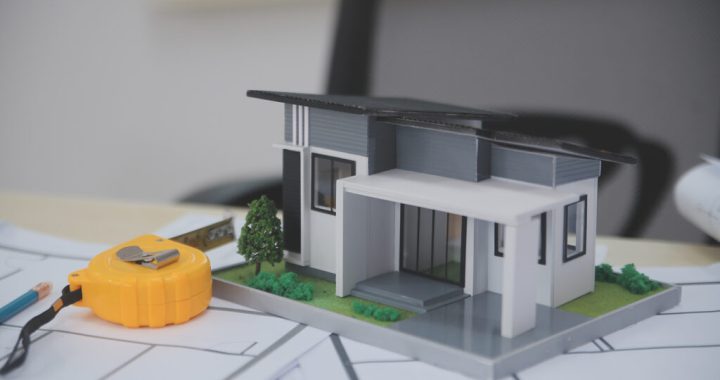 The Shift from Concept to Real-World 3D Build Projects
The Shift from Concept to Real-World 3D Build Projects 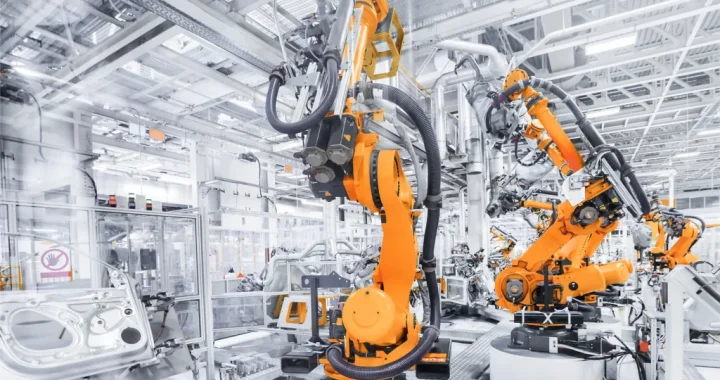 The Evolution of Industry: From the Industrial Revolution to the Age of Automation
The Evolution of Industry: From the Industrial Revolution to the Age of Automation